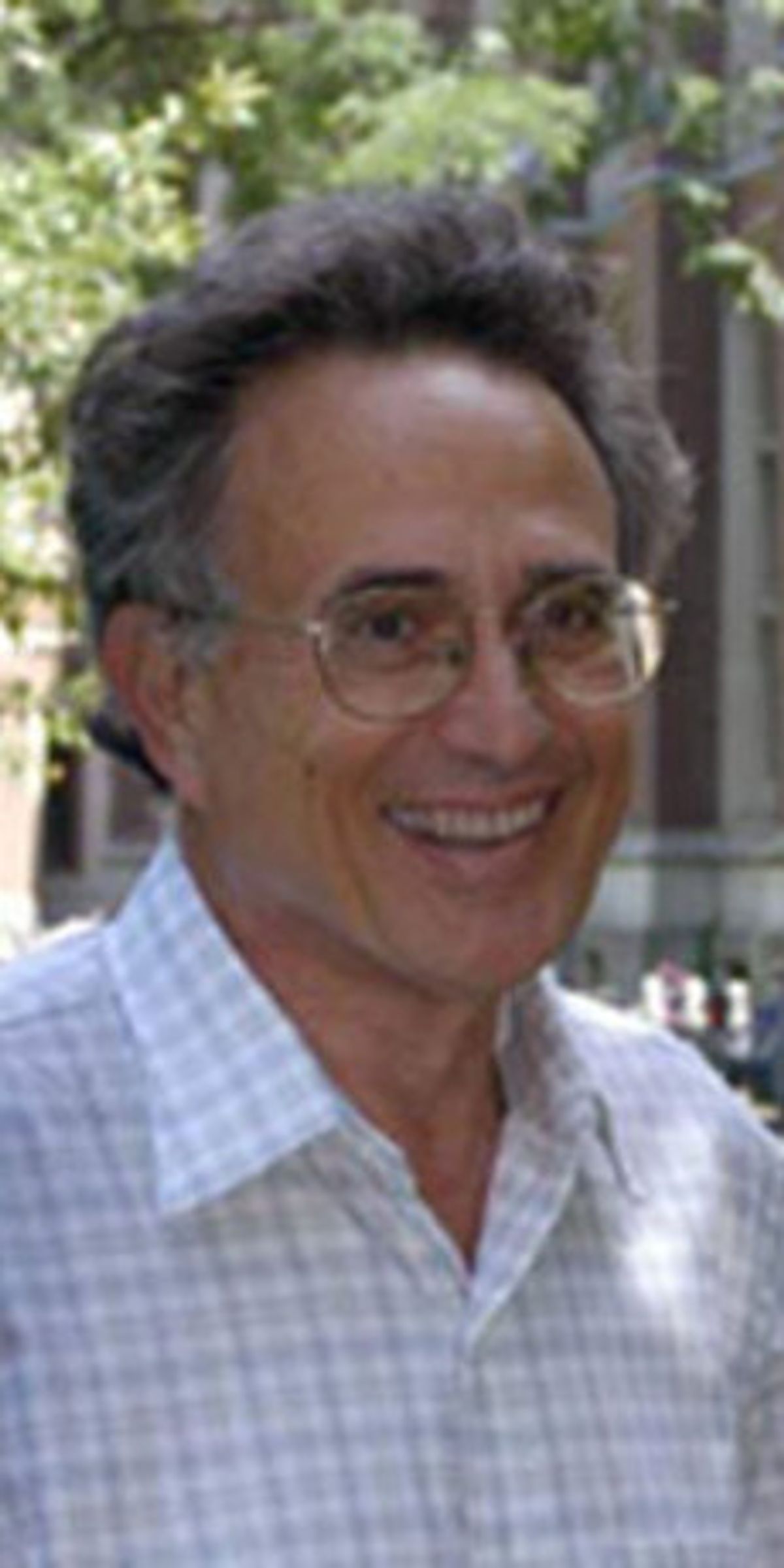Rather than undertake the challenging job of cutting carbon emissions--whether by switching to lower-carbon or zero-carbon fuels, or by capturing emissions at their source--why not just draw carbon out of the atmosphere and bind it chemically to some substance, which could then release it chemically for storage or industrial use? A panel of the American Physical Society (APS), the world's leading physics association, has subjected that tempting idea to close scrutiny and has dismissed it in unusually blunt terms.
Direct air capture of carbon dioxide [DAC] "is not currently an economically viable approach to mitigating climate change. Any commercially interesting DAC system would require significantly lower avoided CO2 costs. . . . In a world that still has centralized sources of carbon emissions, any future deployment that relies on low-carbon energy sources for powering DAC would usually be less cost-effective than simply using the low-carbon energy to displace those centralized carbon sources. Thus, coherent CO2 mitigation postpones deployment of DAC until large, centralized CO2 sources have been nearly eliminated on a global scale. . . . This report provides no support for arguments in favor of delay in dealing with climate change that are based on the availability of DAC as a compensating strategy."
The APS report, prepared by a task force of its Panel on Public Affairs (POPA), is strictly about carbon capture, not carbon storage. For its analysis, it evaluated a benchmark technological scheme developed by the University of Rome's Renato Baciocchi and colleagues and published in 2006. "This scheme was chosen because it both relies largely existing technology and provides detailed information on material and energy balances that are necessary for a cost analysis of an industrial process," the POPA report says. Princeton University's Robert Socolow, who chaired the POPA task force, says the committee found no other analysis done at a comparable level.
Socolow (pictured above) is best known to the general educated public as the co-inventor of a user-friendly analytic model for assessing carbon reduction strategies based on "carbon wedges." That model, it can safely be said, has been by far the most influential carbon policy tool developed in the last decade. POPA also has a formidable track record. It has produced a series of occasional reports on matters of great public import, most notably the massive study it sponsored in the mid-1980s on "directed energy weapons," the so-called DEW study. It subjected the Reagan administration's Star Wars program to withering criticism and contributed to the administration's decision to downplay missile defense systems based on lasers and instead focus on kinetic kill systems--"smart rocks" that knock out incoming missiles by colliding with them.
If the past is any guide to the present, the latest POPA report, "Direct Air Capture of CO2 with Chemicals," will take atmospheric capture of carbon off the policy agenda. This means, together with the collapse of an anticipated nuclear renaissance, that coming to terms with climate change will be more challenging than ever.



